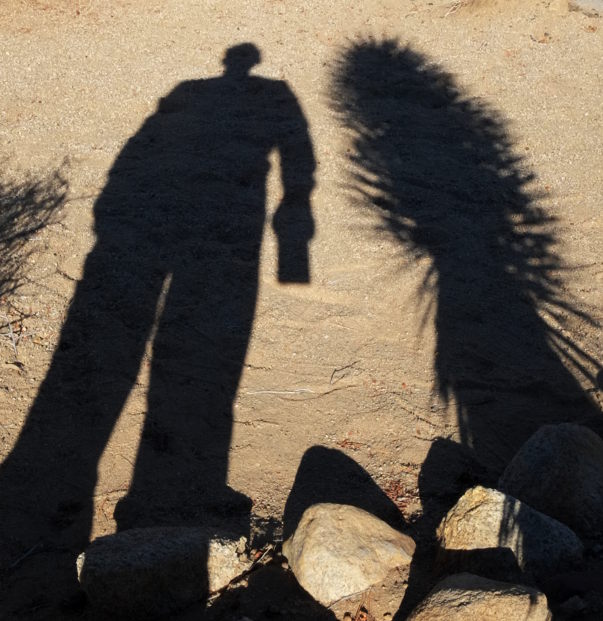For 44 years, a ride on the New York subway cost five cents.
Turnstiles accepted nickel coins.
The fare rose to ten cents in 1948; turnstiles were reconfigured to accept dimes.
The fare rose to 15 cents in 1953, at which point New York started using subway tokens.
In 1982, a NY subway token cost 75 cents and was 0.875" in diameter. In October of that year, the Connecticut Turnpike started collecting tolls using a 0.880" diameter token that sold for 17½ cents ($7 for a roll of 40). The size was close enough that NY turnstiles accepted it, and Connecticut tokens started appearing in NY subway coin boxes.
A Japanese five yen coin (0.869" diameter) worked too and was cheaper still. Not as many of them were used in the subway though, what with Japan being somewhat farther from NY than Connecticut is.
The New York City Transit Authority complained to Connecticut, who said it wasn't their problem. Connecticut offered to pay New York 2½ cents for each token (the cost to mint one). New York didn't like that offer.
By 1985, around two million Connecticut Turnpike tokens had been used in the NY subway. Connecticut finally agreed to buy their tokens back from NY at 17½ cents apiece.
New York's Mayor Koch was incensed and stepped up enforcement efforts in the subway. The NY Times reported:
Of the host of IWLaaC parodies I've found on the web, I like Mad magazine's I Wandered Lonely as a Clod the best.
Or even just let the poem stand. The line from the third stanza
Apple is building a large (but not tall) new headquarters building, and I wonder if (as suggested in an article in the New Yorker) this may be a signal of the point when the company loses its grip.
Apple recently published a book, Printed for Apple in China Designed by Apple in California, with a nearly-featureless white cover. The Beatles of course released an album in 1968 with a white cover—at the point when the band was starting to disintegrate.
When asked to describe his concept of simplicity, Apple's Chief Design Officer said,
The fare rose to ten cents in 1948; turnstiles were reconfigured to accept dimes.
The fare rose to 15 cents in 1953, at which point New York started using subway tokens.
In 1982, a NY subway token cost 75 cents and was 0.875" in diameter. In October of that year, the Connecticut Turnpike started collecting tolls using a 0.880" diameter token that sold for 17½ cents ($7 for a roll of 40). The size was close enough that NY turnstiles accepted it, and Connecticut tokens started appearing in NY subway coin boxes.
A Japanese five yen coin (0.869" diameter) worked too and was cheaper still. Not as many of them were used in the subway though, what with Japan being somewhat farther from NY than Connecticut is.
The New York City Transit Authority complained to Connecticut, who said it wasn't their problem. Connecticut offered to pay New York 2½ cents for each token (the cost to mint one). New York didn't like that offer.
By 1985, around two million Connecticut Turnpike tokens had been used in the NY subway. Connecticut finally agreed to buy their tokens back from NY at 17½ cents apiece.
New York's Mayor Koch was incensed and stepped up enforcement efforts in the subway. The NY Times reported:
Among those caught were briefcase-carrying lawyers and Wall Street three‑piece suiters who had been unable to resist making a quick 57½ cents profit a ride.That may not shock you, but you're not economic analyst Larry Kudlow—who praised the President‑elect's mega‑rich cabinet nominees in an article five days ago (emphasis mine):
Why shouldn’t the president surround himself with successful people? Wealthy folks have no need to steal or engage in corruption.This is the same Larry Kudlow who called for attacking Iraq in 2002 because "a lack of decisive follow-through in the global war on terrorism is the single biggest problem facing the stock market and the nation today." This specimen is under consideration to serve as chair of the next president's Council of Economic Advisers. Wikipedia:
Because [I Wandered Lonely as a Cloud] is one of the best known poems in the English language, it has frequently been the subject of parody and satire.I tried writing a parody of my own, which I can't say was harder than I thought it would be because I expected it to be hard. I didn't get very far.
Of the host of IWLaaC parodies I've found on the web, I like Mad magazine's I Wandered Lonely as a Clod the best.
Or even just let the poem stand. The line from the third stanza
A poet could not but be gay,is straight from the horse's mouth.

My Joshua tree
is now as tall as I am.
In 1983 and 1984, two of the most prominent tech companies of
the time—IBM and AT&T—built skyscrapers
(41 and
37 stories,
respectively) side‑by‑side in Manhattan.
AT&T was broken up shortly thereafter and sold their building to Sony.
IBM sold their building in 1994.
Apple is building a large (but not tall) new headquarters building, and I wonder if (as suggested in an article in the New Yorker) this may be a signal of the point when the company loses its grip.
Apple recently published a book, Printed for Apple in China Designed by Apple in California, with a nearly-featureless white cover. The Beatles of course released an album in 1968 with a white cover—at the point when the band was starting to disintegrate.
When asked to describe his concept of simplicity, Apple's Chief Design Officer said,
What we try to do is get to a point where it seems almost undesigned, where it seems so obvious that an alternative would seem contrived and not rational.Apple's book cover indeed looks almost undesigned.